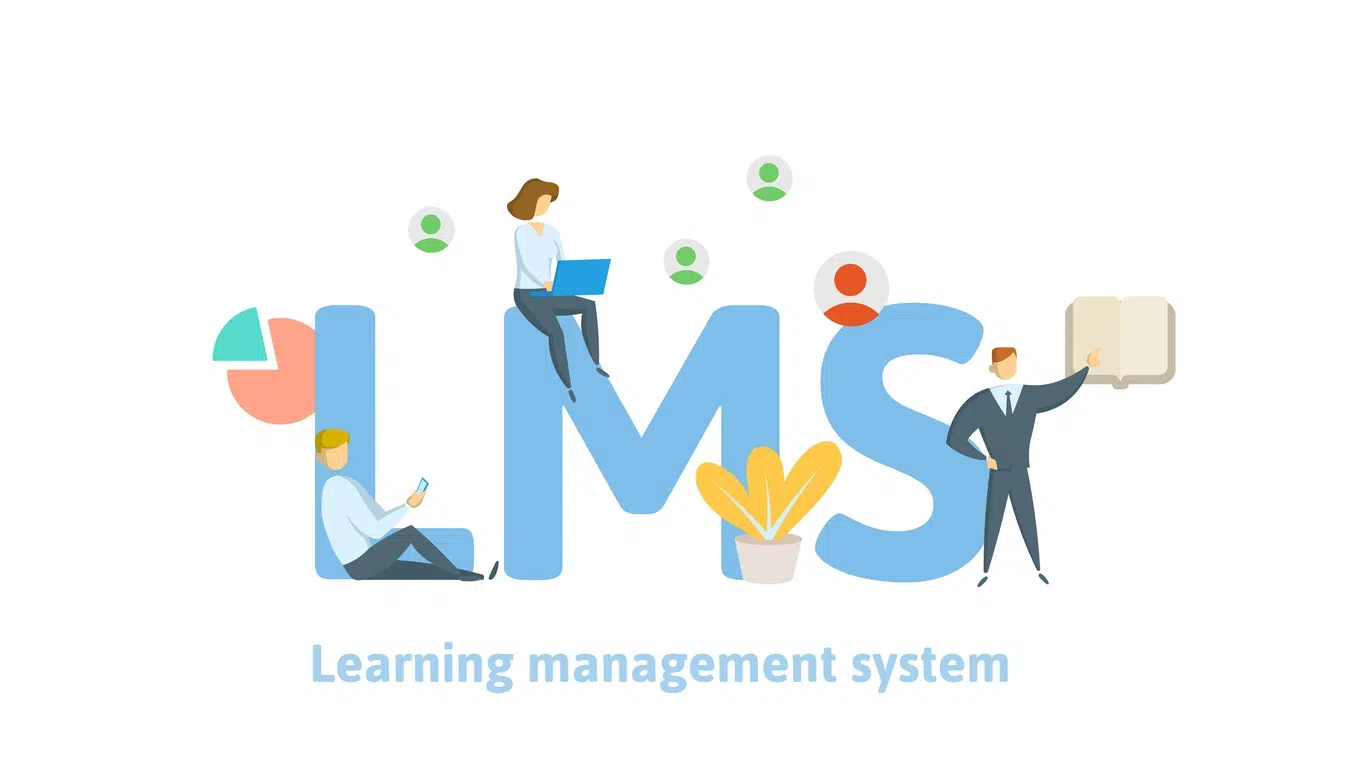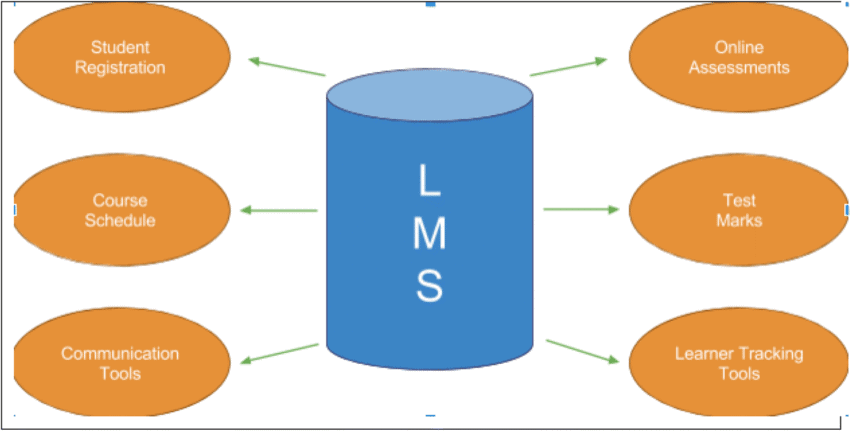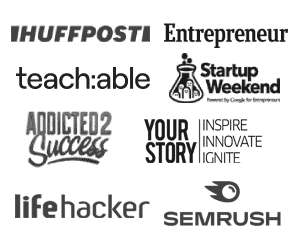A learning management system (LMS) is a software application designed to support the training and educational needs of an organization. It typically includes features such as e-learning, course administration, collaboration tools, tracking user progress, and assessment engines.
An LMS can be delivered in a SaaS (software as a service) format or installed on-premises. If you’re thinking about implementing an LMS or are just curious about what they are, read on.
An LMS, or Learning Management System, is a software application used to manage and track employee training. Many organizations use LMSs to document employee roles and responsibilities, track certifications and compliance, as well as deliver online courses. Generally speaking, an LMS is a valuable tool for businesses of all sizes.

A Learning Management System (LMS) is a software application that enables educators to create, manage and deliver learning content online.
LMSs also provides features for tracking student progress and managing assessment data. In most cases, an LMS can be used to support both formal and informal learning environments. If you’re thinking about implementing an LMS in your organization, it’s important to understand the different types of LMSs available and their benefits.
An LMS, or learning management system, is a software application that businesses use to manage and deliver online training courses. Employees can access these courses from any internet-connected device, making it a flexible and convenient option for learning new skills. In this blog post, we’ll discuss the benefits of using an LMS and provide some tips for choosing the right one for your organization.
LMS is an acronym for Learning Management Systems. An LMS is a software application that enables educators to create, manage, track and deliver online learning courses. They are commonly used in education and corporate training environments. There are many features that distinguish one LMS from another.
What is the history of learning management systems (LMS)?
What are the key components of an LMS?
What exactly does an LMS do?
An LMS is a Learning Management System. It is a software application that helps businesses and organizations to create and deliver training programs and courses. An LMS can also be used to track employee progress and performance. Additionally, an LMS can provide employees with feedback and support.
An LMS can help businesses to:
- Develop and deliver training programs
- Track employee progress and performance
- Provide employees with feedback and support
Additionally, an LMS can help businesses to save time and money by reducing the need for trainers and instructors. Additionally, an LMS can help businesses to improve the quality of their training programs.
There are many different types of LMSs available. Some of the most popular include:
Key Takeaways-
Some key takeaways from this article include:
- The importance of goal setting
- How to develop effective goals
- The benefits of writing goals down
- Why it’s important to review and revise goals regularly
- Tips for staying motivated and achieving goals
- The importance of seeking feedback and support
- How to overcome obstacles and setbacks
- The importance of celebrating successes
- Why it’s important to keep learning and growing
- The importance of setting goals for the future
Setting and achieving goals is a key part of success in any area of life. By taking the time to develop effective goals, writing them down and reviewing them regularly, you increase your chances of achieving them. Staying motivated and overcoming obstacles are also important factors in goal achievement. Ultimately, setting goals is a vital part of ensuring ongoing success in all areas of your life.
Conclusion-
An LMS, or learning management system, is a software application that enables educators to manage and track the progress of students in their learning process. It can also be used to deliver course content, assess student comprehension, and provide feedback. Institutions such as universities and businesses use LMSs to manage and administer online courses.




